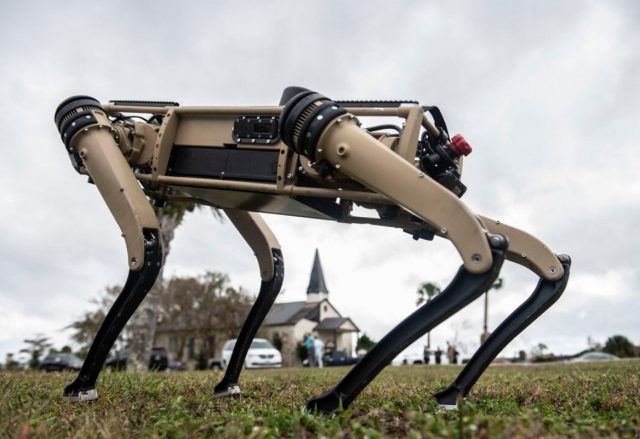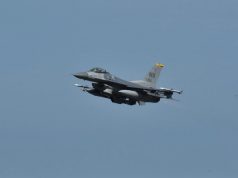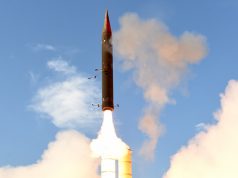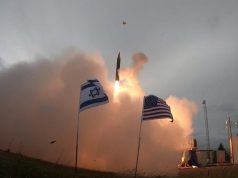The US defense department, the Israel defense ministry and the Merage Institute are holding a Mobile Standoff Autonomous Indoor Capabilities (MoSAIC) challenge to advance innovative technological solutions for remote, autonomous indoor maneuvering.
The MoSAIC challenge is divided into five mini-challenges, three of them virtual challenges and two of them physical challenges that include: indoor navigation, room mapping, human/object tagging, tactical robotic systems, and human presence detection, which is also known as through-wall imaging.
Prizes will be awarded to winners and runners up in each of the categories. The MoSAIC challenge application process, which began June 24 and runs until Sept. 23, will award cash and other prizes totaling $600,000 to startups and innovators worldwide who produce the best solutions.
The MoSAIC challenge is part of a memorandum of agreement between the Pentagon’s Irregular Warfare Technical Support Directorate (IWTSD) and the Israel defense ministry’s Directorate of Defense Research and Engineering (DDR&D).
“The US defense department realized many years ago that groundbreaking innovations were happening outside the government laboratories and traditional prime contractors,” said Adam Tarsi, international program manager for IWTSD.
“We are sponsoring the MoSAIC challenge, together with our IMOD/DDR&D partners, to ensure we are illuminating all relevant technologies that provide our military and law enforcement tactical operators with every possible technological advantage when operating in challenging and high-risk indoor environments. We are leveraging the Merage Institute’s vast network to broaden the pool of solvers and reward demonstrated successes in order to expedite the delivery of capabilities to our operational end users,” he said.
Tarsi said he expects to see some innovative use of artificial intelligence, small multi-rotor drones and tactical ground vehicles that can successfully negotiate complex obstacles as might be found in tunnels or collapsed structures.
DOD has successfully held similar challenges in the last few years, with some of the experimental devices, hardware and software incorporated into systems that now or in the future will aid the warfighters with overcoming capability gaps, he said.
“The Israel MoD is constantly seeking cutting edge technologies to bring operational advantage to the field. For the last two years, the DDR&D focused its efforts on developing autonomous robotic technologies for indoor and outdoor missions,” Israeli Army Lt. Col. Ryan Gity, head of Future Autonomous Systems, Program Executive Office, said.
“Realizing that the progress of development of technological solutions for indoor robotics is much more mature in the non-military industries we decided, together with the US DOD/IWTSD and with the help of the Israel Defense Force’s Ground Forces Technological Division, to develop a challenge that will bring us the technologies we have never seen before.”
The physical testbed of the challenge is planned to take place in the spring of 2022 in the Negev Desert town of Yeruham, Israel.
“The choice of Yeruham as a site for the competition reflects the technological revolution that the town has undergone in recent years. The UAV ecosystem is one of the main growth engines in the city. The challenge is a means for us to expose companies to the existing infrastructure in the city of Yeruham which can support their business development processes,” Tal Ohana, mayor of Yeruham, said.
Winners and runners-up of each of the mini-challenges will be announced at a final event in Tel Aviv, Israel, in the spring of 2022 where they will gain exposure to relevant customers and sponsors across the US and Israeli governments.



























